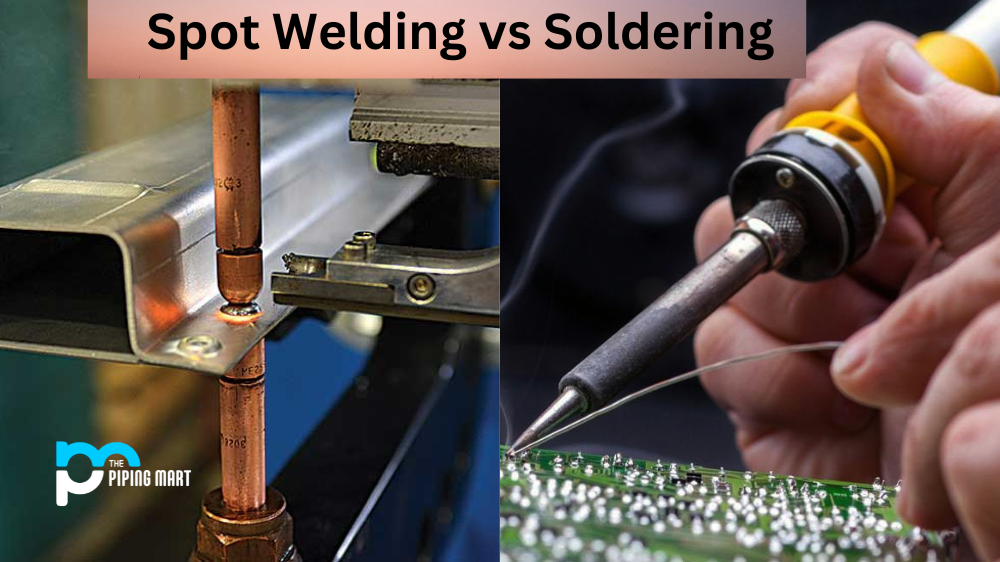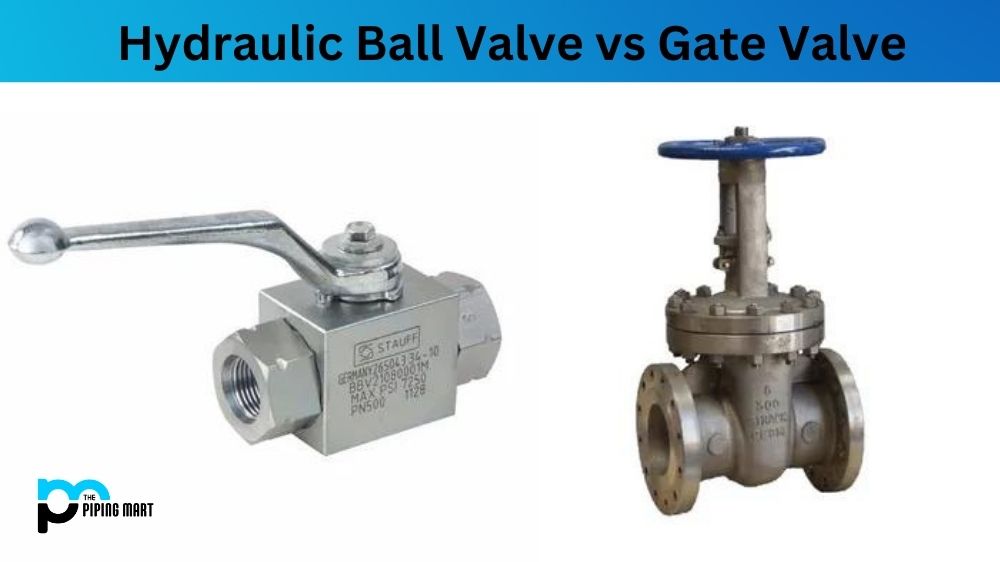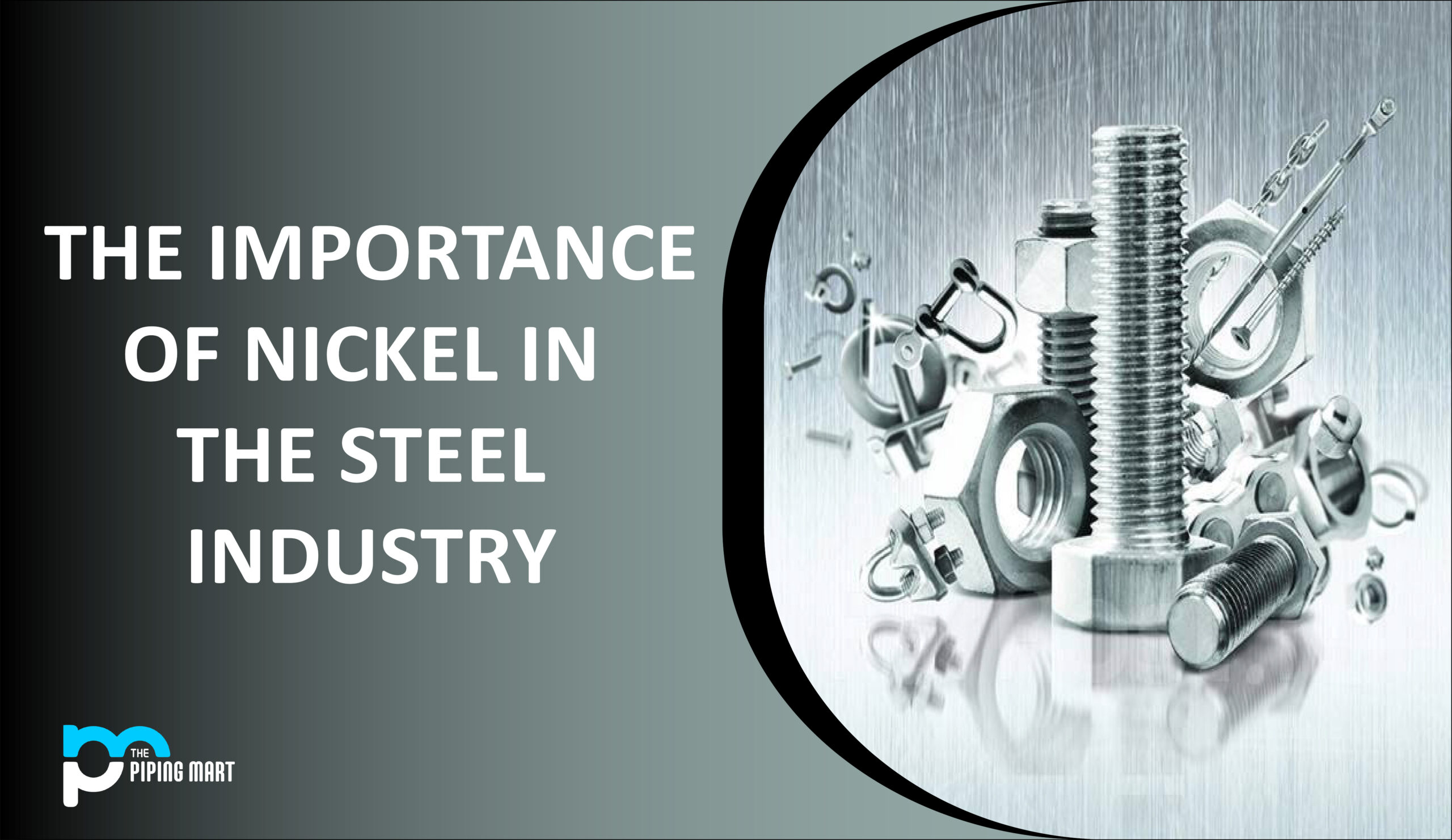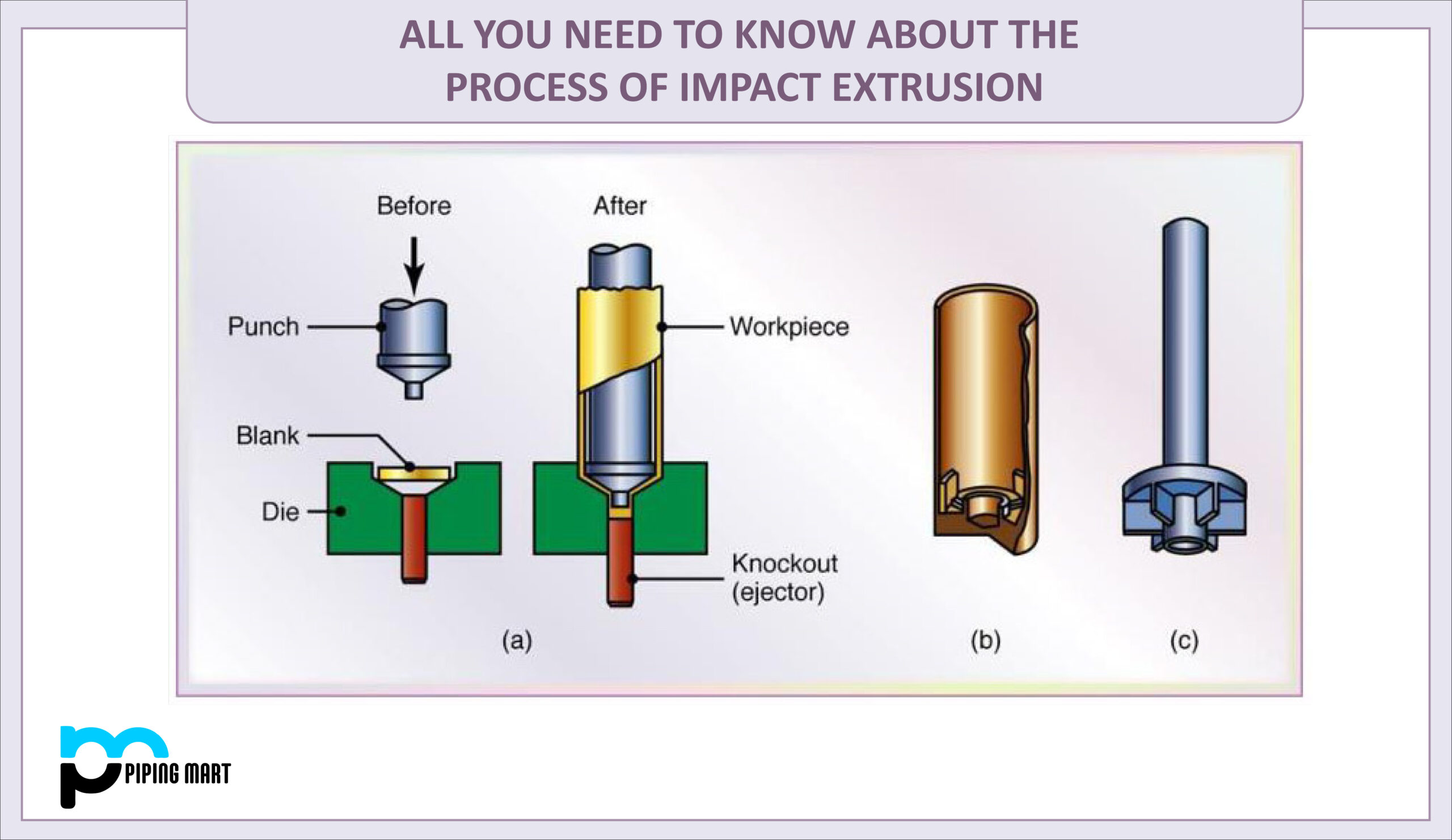Spot welding and soldering are two very different techniques that have some similarities, but both have different applications. Both processes involve joining metals together, but they are used in different situations and require different tools. Let’s take a closer look at spot welding vs soldering.
Spot Welding
Spot welding is a type of welding that is typically used to join two pieces of metal together. The process involves using an electrode to create a small arc between the two pieces of metal, which heats the metal and causes it to melt. The molten metal then cools and forms a strong bond between the two pieces.
Soldering
Soldering is a type of welding that is typically used to join two pieces of metal together. The process involves using an electrode to create a small arc between the two pieces of metal, which heats the metal and causes it to melt. The molten metal then cools and forms a strong bond between the two pieces.
Spot Welding vs Soldering – What’s the Difference
How Spot Welding Works
Spot welding is a metal-joining process that uses heat generated by electric current to melt metal surfaces together. This is done by clamping two pieces of metal together between two electrodes and then passing an electric current through them for a few seconds. The heat generated melts the metal surfaces, creating a strong welded joint that won’t break apart easily. Spot welding is used to join thin sheets of metal such as steel or aluminium in applications like car bodies or electronic enclosures.
Benefits of Soldering
Soldering is another process used to join metals together. Unlike spot welding, soldering does not involve melting the metals together; instead, it uses a soft solder alloy (usually made of lead and tin) that melts at relatively low temperatures (around 400°F). When the molten solder cools off, it forms a strong bond between the two metals. Soldering is often used in electronics because it can provide electrical connections without damaging delicate components like transistors or integrated circuits. It can also be used to join copper pipes together in plumbing applications.
Process
The main difference between spot welding and soldering is in the process that is used to create the weld. In spot welding, an electrode is used to create an arc between the two pieces of metal, which heats the metal and causes it to melt. In soldering, a filler material is placed between the two pieces of metal and then heated until it melts and forms a bond between the two pieces.
Purpose
The other main difference between spot welding and soldering is in their respective purposes. Spot welding is typically used to join two pieces of metal together, while soldering is typically used to join electrical components together. This is because soldering creates a weaker bond than spot welding, which makes it less likely to break under stress or vibration.
Equipment
Another difference between spot welding and soldering is in the equipment that is required for each process. Spot welding requires special equipment that can generate the high levels of heat needed to weld the metals together. Soldering can be done with a simple soldering iron, making it more accessible for hobbyists or those working on smaller projects.
Conclusion:
Both spot welding and soldering are useful techniques for joining metals together in various applications. Spot welding is ideal for joining thin sheets of metal, while soldering works best for delicate electronics components or plumbing applications where electrical connections need to be made without heating up the entire component too much. DIYers and hobbyists should understand both processes before attempting either one on their own projects — understanding when each technique should be used will help ensure successful results every time!

A passionate metal industry expert and blogger. With over 5 years of experience in the field, Palak brings a wealth of knowledge and insight to her writing. Whether discussing the latest trends in the metal industry or sharing tips, she is dedicated to helping others succeed in the metal industry.




